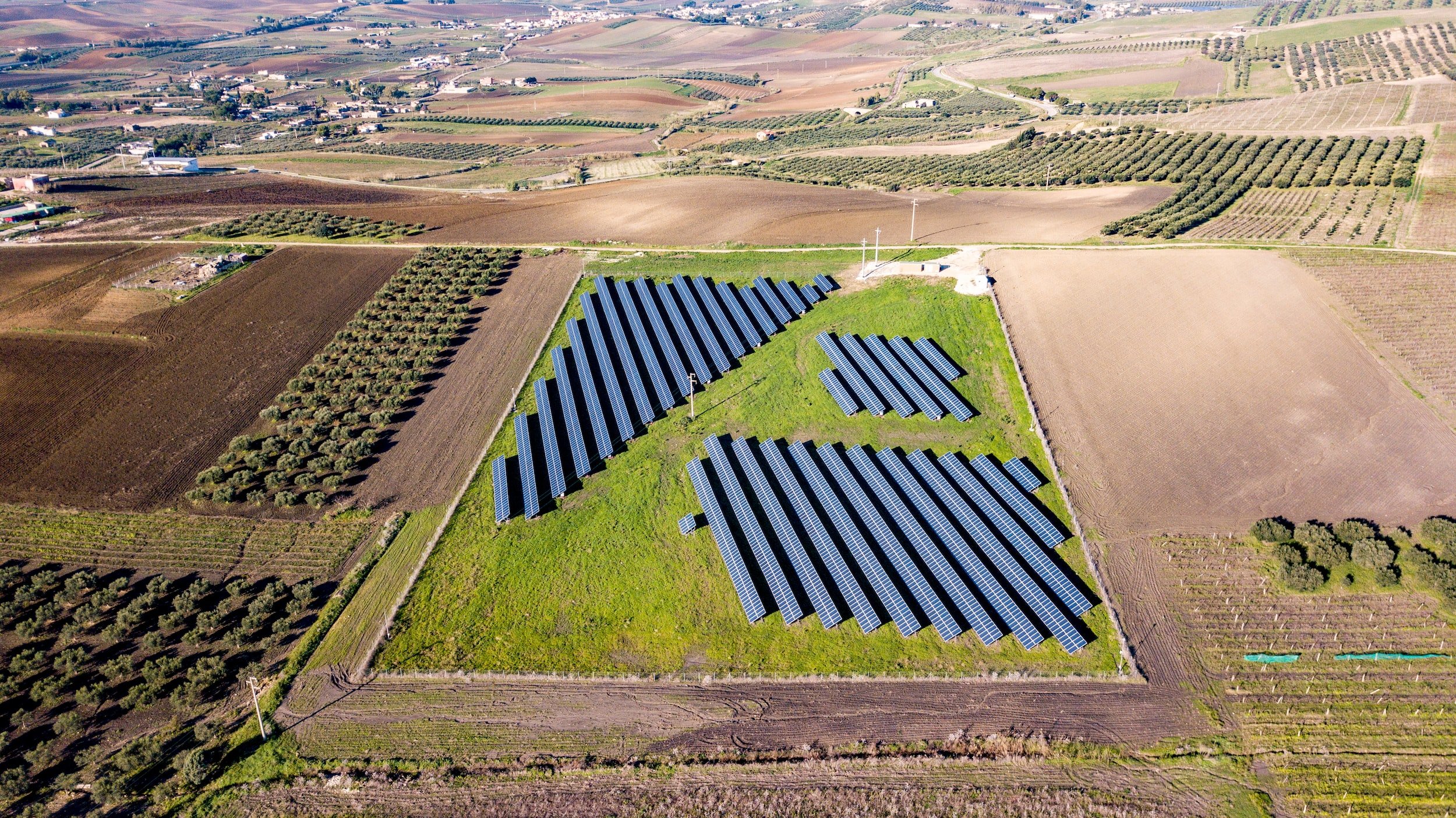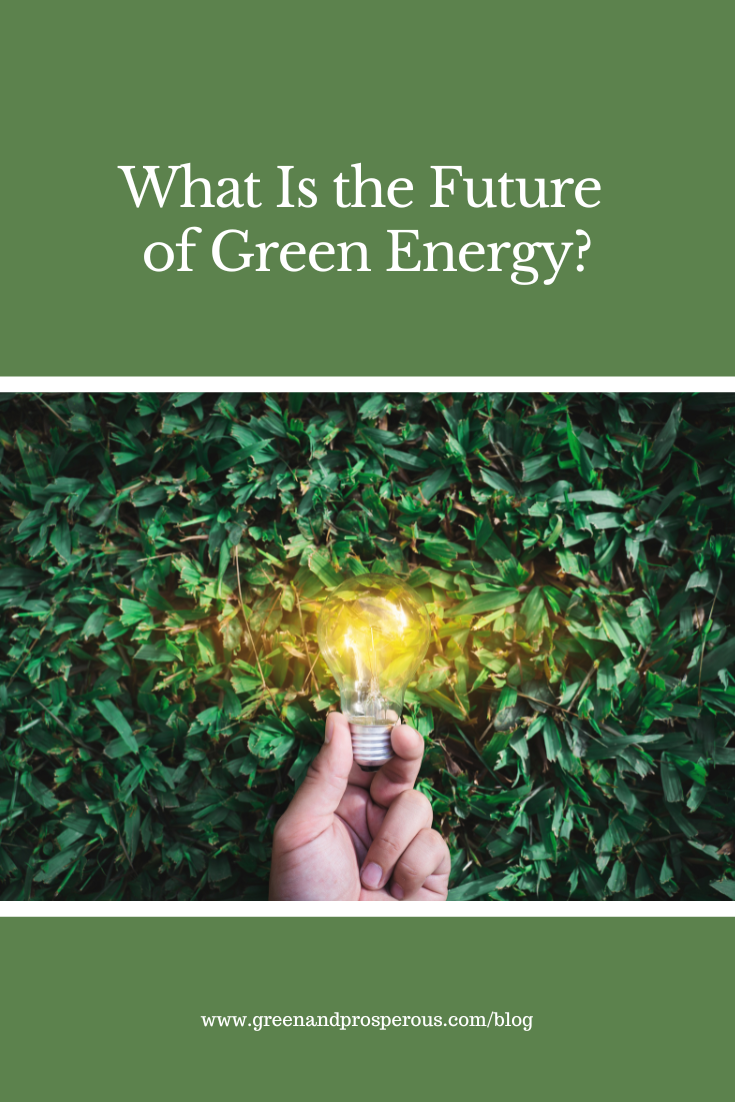What Is the Future of Green Energy?
/The future of green energy is looking brighter than ever before. Solar, wind, and hydropower are all becoming more affordable and reliable each year. These types of renewable resources are crucial to the future of our planet, as they don't produce any harmful emissions. However, there are some challenges that need to be overcome in order to make this kind of energy truly sustainable. One of the biggest obstacles is that renewables are not always available when electricity is needed most.
Some of these options to tackle this include animals. While the more common animal pipes are little glass toys, scientists aim to create a different type of “animal pipe”. These pipes are long tubes that run through farms and pastures and capture the power of the animals walking or grazing on them. The power is then transmitted through wires to a generator.
Renewable Energy: History of Renewable Energy and Its Development
Renewable energy has a long and varied history. It has been around for quite some time, and it has come a long way since its inception. The history of renewable energy is both fascinating and inspiring, and it demonstrates the potential that renewables have to play a significant role in our economy and our environment.
The beginnings of renewable energy can be traced back all the way to ancient times. Sunlight was used to power early civilizations, and windmills were often used to grind wheat into flour. In modern times, renewables have continued to grow in popularity thanks to their many benefits. For example, renewable energy is environmentally friendly; it doesn't produce any harmful emissions that could harm our planet. Additionally, renewable energy is cost-effective; it doesn't require large amounts of funding or expensive infrastructure investments.
The Future of Green Energy
The future of energy is being shaped by two factors: the increasing demand for clean energy, and the development of new technologies.
One promising source of clean energy is solar power. Solar technology has been rapidly advancing, and as a result, prices for solar systems have fallen dramatically in recent years. There are now many viable options for rooftop solar systems, from large utility-scale projects to small home systems.
Another promising source of green energy is wind power. Wind turbines have become much more efficient over the past few years, and this trend is expected to continue. In addition, new turbines are being developed that can work in areas with low wind speeds. These developments make wind power an increasingly important option for generating clean energy.
Emerging Technologies: What Are Some of the Most Promising Green Energy Technologies?
Emerging technologies are those that are just starting to be developed and become more common. Many of these technologies could have a major impact on the way we live and work, and some could even improve our environment.
Some of the most promising green energy technologies include biomass gasification energy, tidal energy, and geothermal energy.
a. Biomass Gasification Energy
Biomass gasification energy is a process of converting biomass into natural gas. The process typically uses heat, oxygen and water to break down the plant matter into small pieces that can be burned in an engine. Biomass gasification energy is a clean and renewable source of energy that can be used to power homes, businesses and industrial plants.
b. Tidal Energy:
Tidal energy is the energy that is produced by the movement of water. This type of energy can be used to power devices, such as turbines, generators, or even boats. Tidal energy has a number of potential applications, including generating electricity and providing navigation and communication services.
c. Geothermal Energy:
Geothermal energy is a renewable energy resource that comes from the earth. It is considered one of the most sustainable sources of energy because it does not produce greenhouse gases or pollutants. Geothermal Energy can be used for heating and cooling, electricity production, and industrial processes.
There are many other emerging technologies that could have a big impact on the way we live and work, but these are some of the most promising ones right now.
Costs: How Much Does Green Energy Cost and Will It Continue to Be Affordable?
In the United States, there is a debate over whether or not the cost of green energy will continue to be affordable in the future. Some people argue that the price of green energy will become too high for consumers, while others say that it will remain affordable.
The reason for this debate is that green energy is not yet as popular as more commonly used forms of energy. This means that there is not as much demand for it, which makes it more expensive to produce. However, experts believe that green energy will become more popular in the future and thus, cheaper.
Policy: What Policies Could Help Promote Green Energy Growth?
Policies that could help promote green energy growth include implementing best practices that would support the development of renewable resources, such as solar and wind. Additionally, subsidies or tax deductions or credits could incentivize the use of electric cars and hybrid vehicles, and there is evidence to show this is already happening in parts of the world. Other policies that could help promote green energy include increasing research funding for renewables and offering tax breaks for businesses that invest in green technology.
Challenges: What Are Some of the Challenges Facing Green Energy Development?
The development of renewable energy resources has been a longstanding challenge for scientists, engineers, and entrepreneurs. There are many obstacles to overcome before these resources can be considered sustainable and reliable. Some of the key challenges facing green energy development include the following:
Clean energy technology is often expensive to develop and deploy. This means that there is a high barrier to entry for new players in the market, which can make it hard for renewables to compete with traditional sources of energy.
Renewable energy sources tend to produce less power when the weather is bad. This means that the grid must often rely on backup generators in order to maintain reliability.
Conclusion: Will Green Energy Be the Future of Energy Production?
The future of energy production is uncertain, but one thing is for sure- green energy will play an important role. The cost of solar and wind power has decreased significantly in recent years, making them more affordable and accessible than ever before. Additionally, renewable energy sources are environmentally friendly, which makes them a popular choice among environmentalists.
Like this? Please pin!
Many published academic reports provide further evidence that the future of global energy is renewable. Renewables are already playing an important role in powering homes and businesses around the world, and current trends suggest that they are only going to become more popular in the coming years.
About the Author:
Frederick Grimes is the Digital Marketing Specialist/Developer for Dr. Strains CBD. He is an accomplished professional with a range of skills in data analysis, social media, search engine optimization (SEO), and email marketing, and enjoys using his skills to contribute to the exciting technological advances that happen every day at Dr Strains CBD. He graduated from the University of Central Florida in 2016 with a Bachelor's Degree in Communications.











































Is the thought of your next energy bill keeping you up at night? You're not alone. In the UK, millions of people are experiencing the same worries, especially as energy costs continue to soar. Fuel poverty is a big problem, affecting countless households with no end in sight. You might be hesitant to use your heating or faced with the agonising choice between keeping your home warm and covering essential expenses.